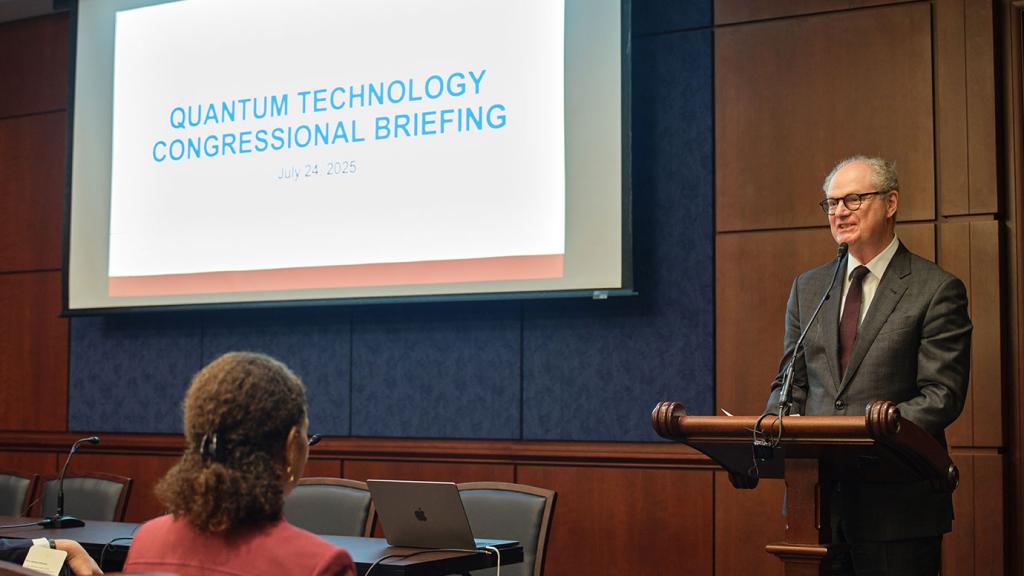People who interview young children for criminal investigations and other inquiries could elicit false information through their own gestures, particularly if the child is inarticulate, research at the University of Chicago shows.
The gestures the children make also can reveal important information that lawyers and police investigators may be missing by not paying attention to hand movements, said Susan Goldin-Meadow, a psychologist at the University of Chicago and an expert on gesture.
Interviewers go into the sessions with a great deal of information from parents and others, and although they are encouraged to ask open-ended question, they may provide clues to children through their gestures that encourage the youngsters to "remember" things that the youngster did not witness, the study found.
"While others have suggested that interviews should be videotaped, we suggest that the videotaping needs to be arranged so that both interviewer and witness are visible on camera," wrote Goldin-Meadow, the Beardsley Ruml Distinguished Service Professor in Psychology, along with her former student Sara Broaders in "Truth is at hand: How gesture adds information during investigative interviewers," published in the current issue of Psychological Science.
"Ours is the first study to show that misleading gesture can have long-term effects on the veracity of children's reports," Goldin-Meadow said.
"Although it is unrealistic to expect investigators to review videotapes of an entire interview, it should be possible to check videotapes for nonverbal cues whenever a key fact is first mentioned," said Broaders, Senior Lecturer in Psychology at Northwestern University and lead author of the paper. "Such procedures are needed to ascertain whether the interviewer or witness first introduces a fact into testimony."
The taping and attention to gesture is important because some of the pivotal information children communicate and pay attention to is conveyed only through gesture. People working on legal cases involving children frequently use written transcripts that do not include information about gesture, the authors pointed out.
To study the role of gesture in what children witness and later report, the scholars arranged for a professional musician to perform in seven classrooms, playing several instruments, wearing particular items of clothing and performing actions unrelated to the performance.
The study was conducted with 39 students, ages five and six, who were interviewed five times over a 10-to-12-week period. The arrangement is similar to what children experience when they are interviewed as part of a criminal investigation.
The researchers used two sets of questions for four of the interviews, one in which interviewers used no gesture and one in which gesture was included. A fifth interview was open-ended and sought to gather all the information children remembered about what they saw.
The study found that youngsters noticed gesture when it was used and responded by imitating the gesture they saw. When an interviewer asked a question such as "What was the musician wearing?" with a gesture that indicated a hat, the students frequently said the musician was wearing a hat even though he was not. The fact that the interviewer misled the child would appear in a videotape of the interview, but would be absent from a written transcript. Transcripts can be misleading because they do not report information conveyed only in gesture.
"In these instances, a later interviewer who had access only to a written transcript would not be able to tell that the hat was introduced into the interview by the first interviewer, rather than the child.Moreover, 71 percent of the details children conveyed in their gestures were never found in their speech-written transcripts would provide no access to this information at all," Goldin-Meadow said.
The research was supported with a grant from the National Institutes of Health.






